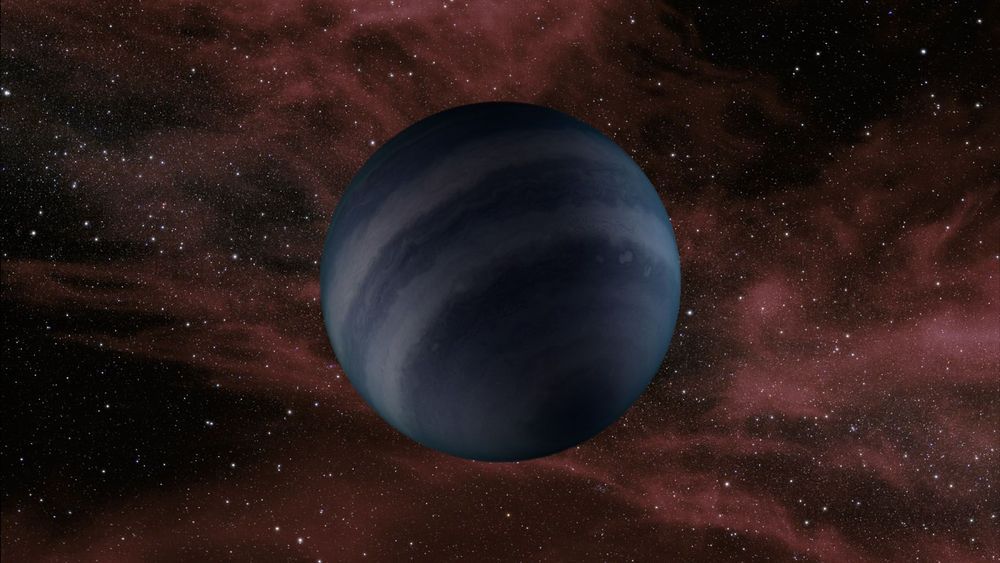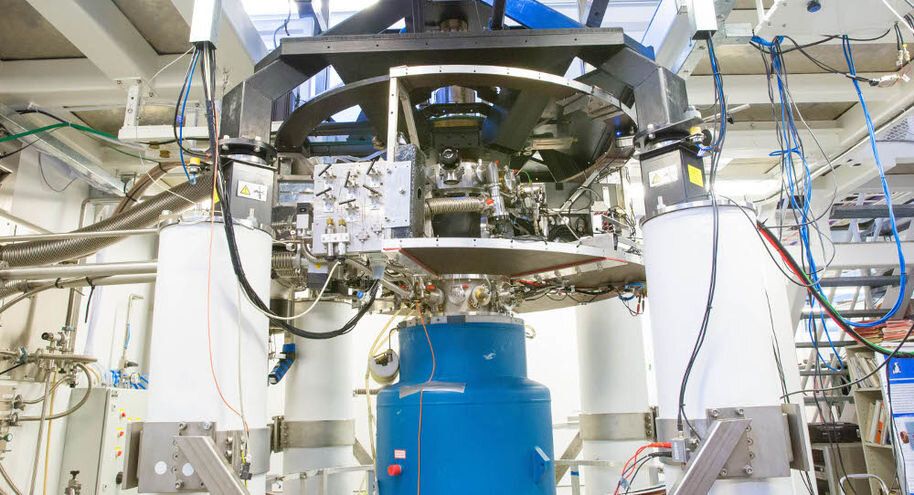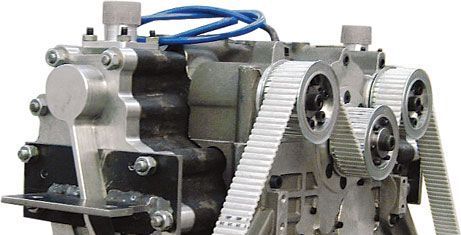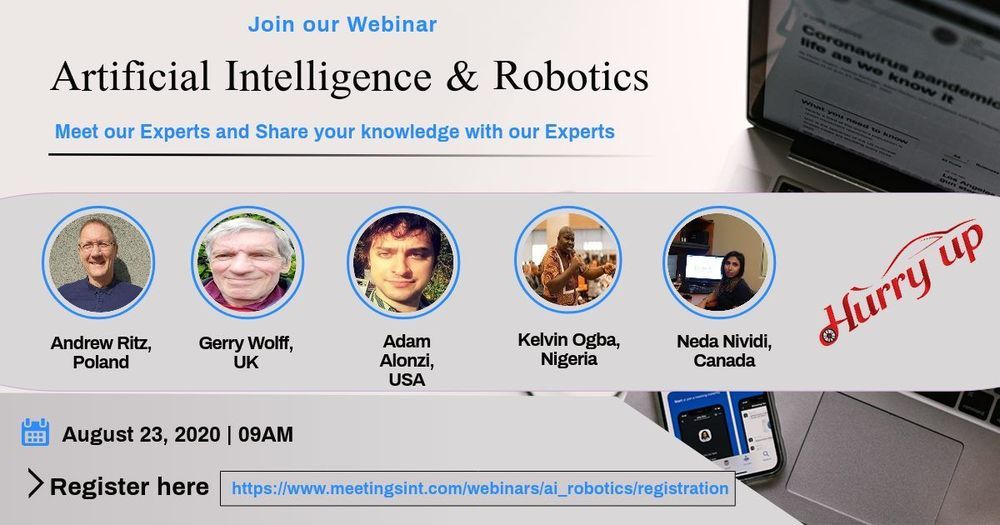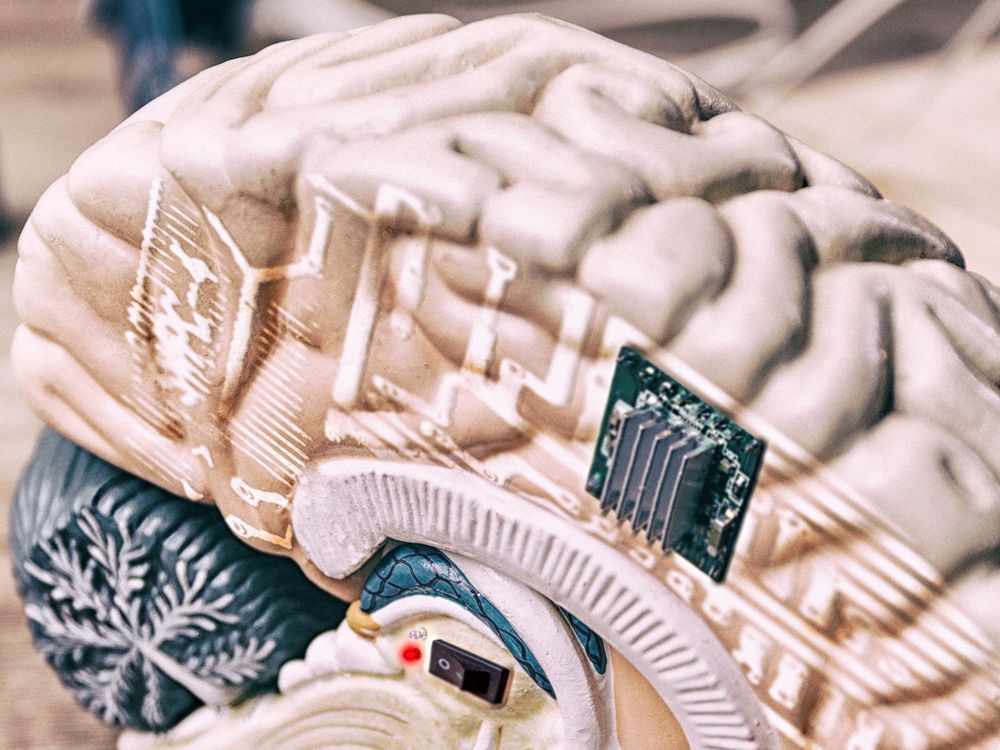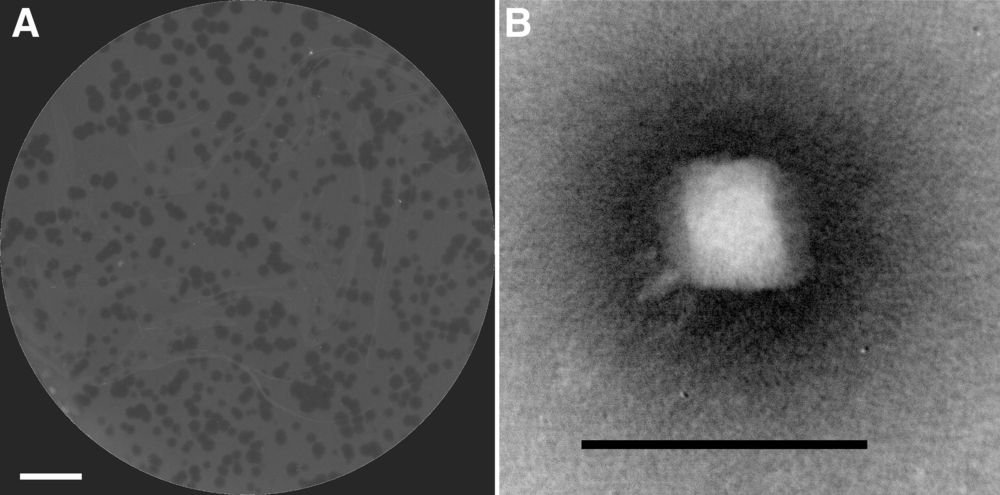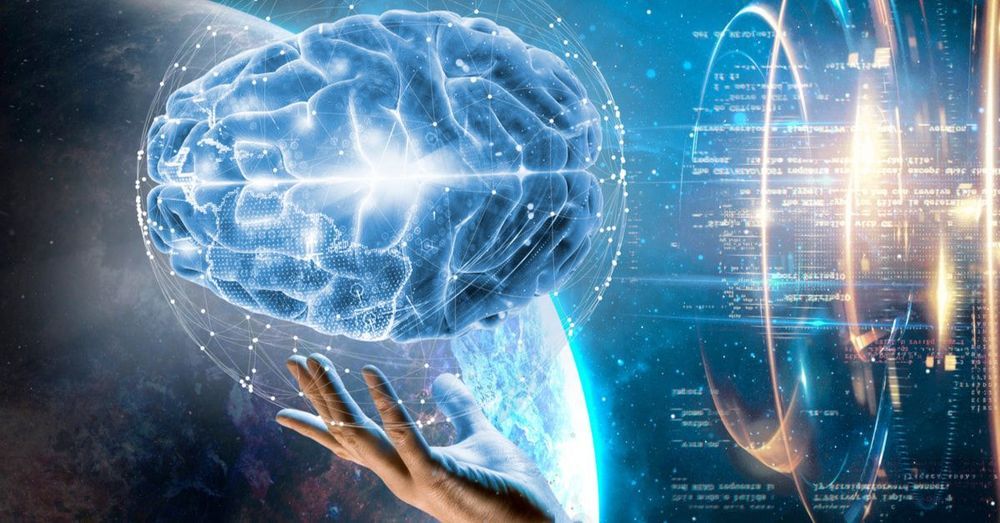Aug 17, 2020
Black dwarf supernovae might be the last event in the universe
Posted by Quinn Sena in categories: cosmology, particle physics
The universe may have started with a Big Bang, but it will most likely end in an utterly anticlimactic way, slowly fading to black over trillions and trillions of years. Now, a theoretical physicist at Illinois State University has calculated what might just be the last interesting event that will ever happen – the explosions of stars called black dwarfs, which don’t even exist yet.
The ultimate fate of the universe is still up for debate, but one of the leading hypotheses is that it will undergo a “heat death.” Basically, all the stars will cool down and fizzle out, black holes will evaporate, and the never-ending expansion of the universe will stretch the fabric of reality so far that the remaining subatomic particles will rarely have the chance to whiz within a parsec of each other.
And now, thanks to theoretical physicist Matt Caplan, we have an idea of what might be one of the last things that will ever happen – black dwarf supernovae.
